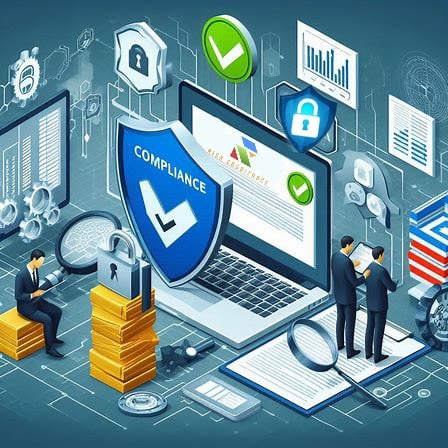Security Incident Management Report
Incident Management Reports: A Comprehensive Guide
An Incident Management Report is a formal document that details a specific security incident, outlining its impact, the actions taken to address it, and lessons learned. These reports are crucial for understanding the incident, improving security posture, and demonstrating compliance to stakeholders and regulators.
Purpose of Incident Management Reports:
- Documentation: Provides a clear and concise record of the incident for future reference.
- Analysis: Enables analysis of the incident to identify root causes, contributing factors, and areas for improvement.
- Communication: Communicates the incident's details and impact to stakeholders, management, and regulatory bodies.
- Accountability: Establishes accountability for actions taken during the incident response process.
- Compliance: Demonstrates compliance with regulatory requirements and industry best practices.
- Training: Serves as a valuable training resource for incident response teams.
Get A Free Demo Of Our GRC Platform Today
Key Components of an Incident Management Report:
A well-structured incident report should include the following sections:
Executive Summary: A brief overview of the incident, its impact, and the key findings. This section should be concise and easy to understand for non-technical audiences.
Incident Details: A detailed description of the incident, including:
- Date and Time of Detection: When the incident was first discovered.
- Date and Time of Occurrence (if known): When the incident actually took place.
- Location: Affected systems, networks, or data.
- Type of Incident: Malware infection, DoS attack, phishing, unauthorized access, data breach, etc.
- Description of the Incident: A clear and concise narrative of what happened.
- Initial Symptoms: The initial signs that indicated a problem.
Impact Assessment: An evaluation of the incident's impact on the organization, including:
- Systems Affected: List of affected systems and their criticality.
- Data Affected: Type and sensitivity of compromised data (if any).
- Business Impact: Disruption to operations, financial losses, reputational damage, etc.
- Number of Affected Users/Customers: If applicable.
Response Actions: A detailed account of the actions taken to contain, eradicate, and recover from the incident, including:
- Containment Measures: Steps taken to limit the spread of the incident (e.g., isolating systems, disabling accounts).
- Eradication Efforts: Actions taken to remove the root cause of the incident (e.g., removing malware, patching vulnerabilities).
- Recovery Steps: Measures taken to restore affected systems and data to normal operation (e.g., restoring from backups, rebuilding systems).
- Timeline of Actions: A chronological record of the response activities.
Root Cause Analysis: An investigation into the underlying cause of the incident. This section should identify the vulnerability or weakness that was exploited.
Lessons Learned: An analysis of what went well and what could be improved in the incident response process. This section should include specific recommendations for preventing similar incidents in the future.
Recommendations: Specific, actionable steps to improve security controls, policies, procedures, and training to prevent future incidents.
Evidence Collected: A list of any evidence collected during the investigation (e.g., logs, network traffic captures, malware samples).
Contact Information: Contact details for the incident response team and other relevant parties.
Appendix (Optional): Supporting documentation, such as logs, screenshots, and other evidence.
Get A Free Demo Of Our GRC Platform Today
Writing Effective Incident Reports:
- Be Clear and Concise: Use simple language and avoid jargon.
- Be Objective and Factual: Stick to the facts and avoid speculation.
- Be Thorough and Detailed: Include all relevant information.
- Be Timely: Complete the report as soon as possible after the incident is resolved.
- Use a Standard Template: Use a consistent template to ensure all necessary information is included.
- Review and Edit: Review and edit the report for accuracy and clarity before distributing it.
Types of Incident Reports:
- Preliminary Report: A brief initial report providing a high-level overview of the incident.
- Interim Report: A progress report providing updates on the incident response activities.
- Final Report: A comprehensive report documenting all aspects of the incident and the response.
Get A Free Demo Of Our GRC Platform Today
Importance of Post-Incident Activity:
The "Lessons Learned" phase is crucial. Analyzing the incident and implementing recommendations is essential for preventing future incidents and improving the organization's overall security posture.
By following these guidelines, organizations can create effective incident management reports that provide valuable insights, improve security practices, and demonstrate accountability.
Get A Free Demo Of Our GRC Platform Today

